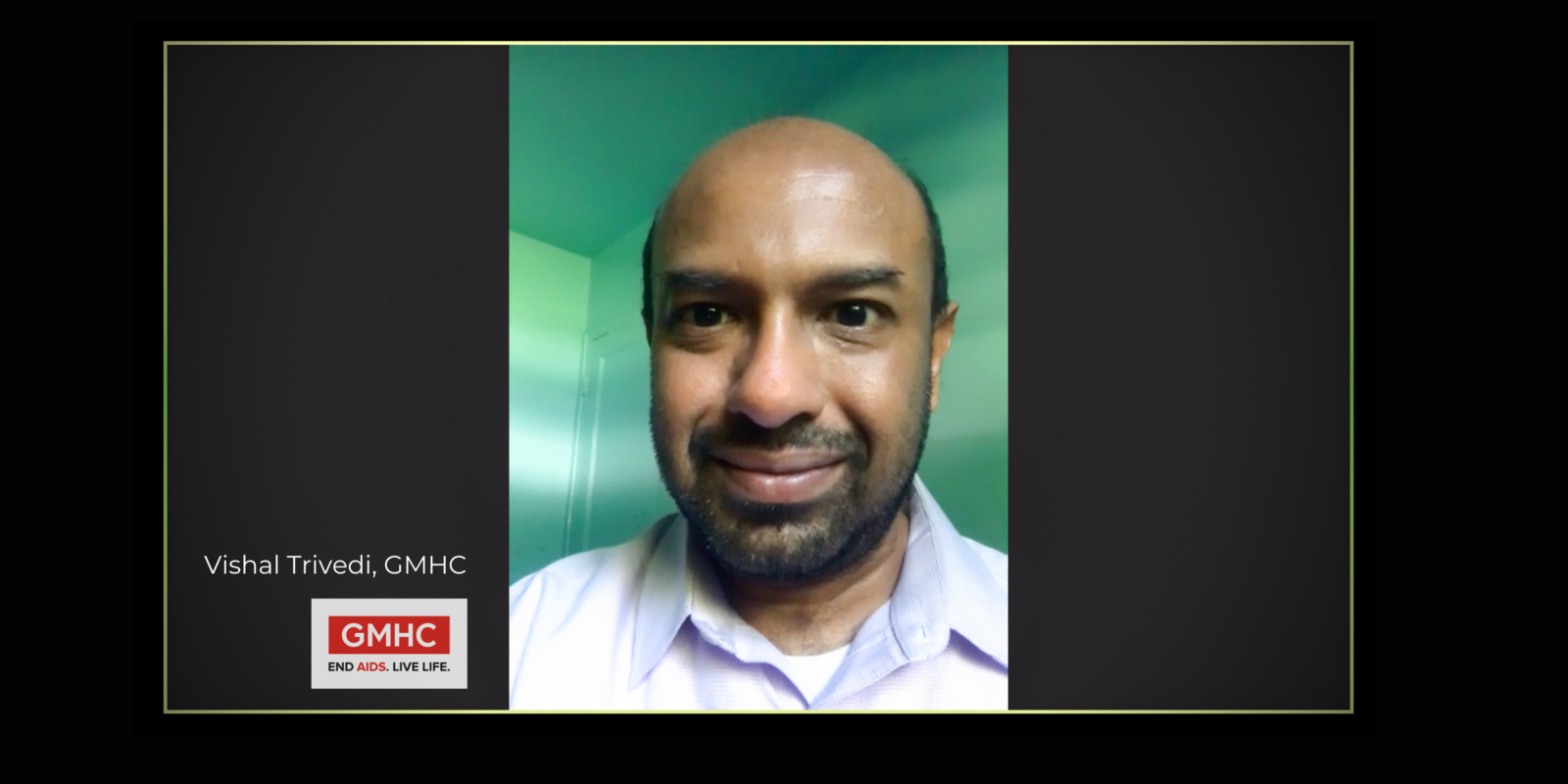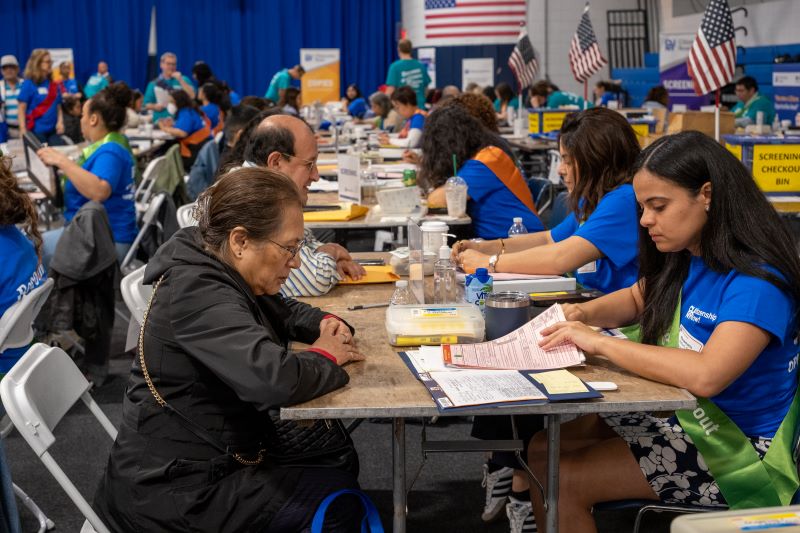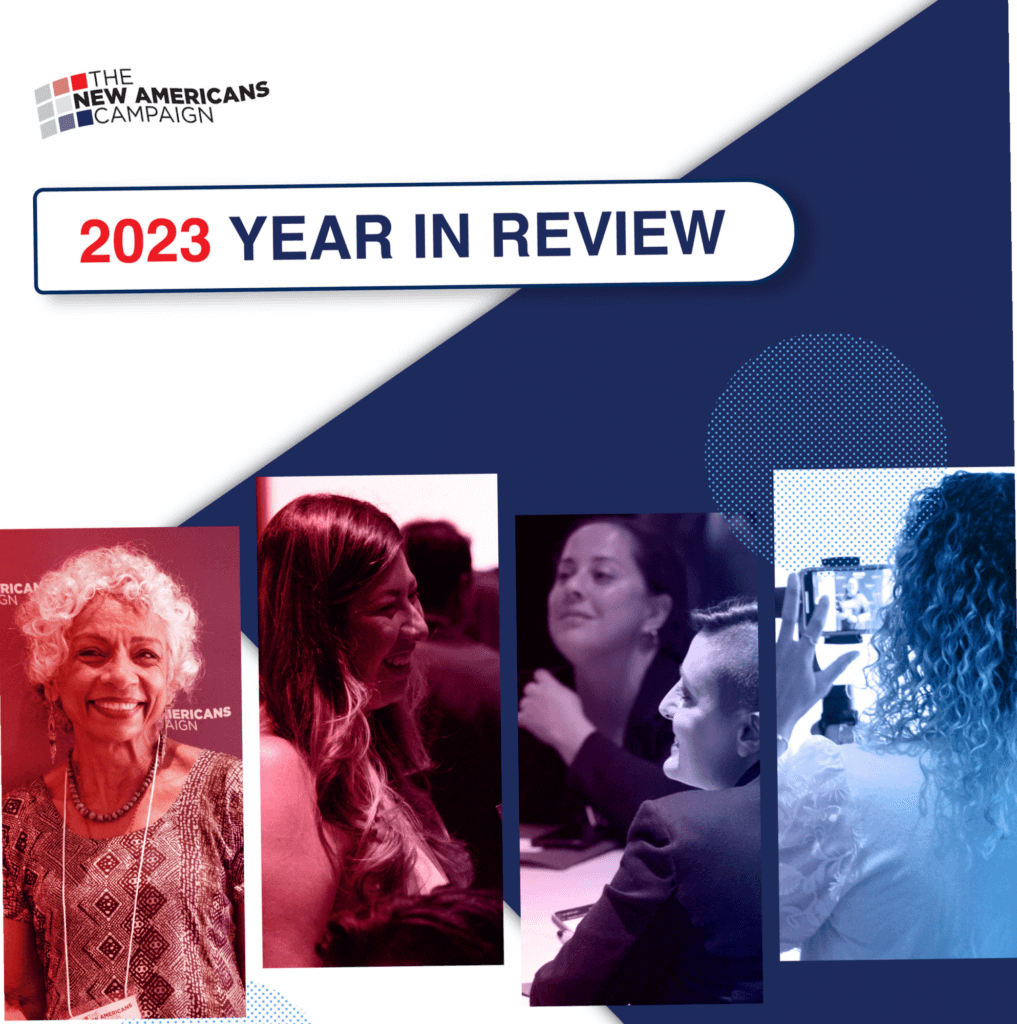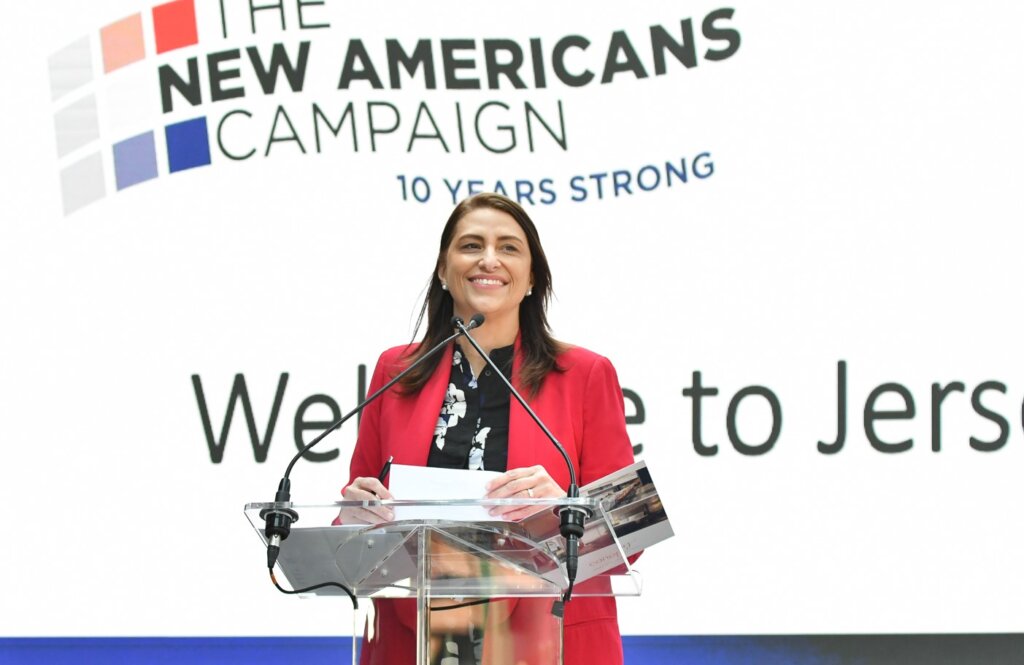Lessons from Our Virtual World Part Three

In this third and final installment of Lessons from Our Virtual World we hear from service providers in New York City where priorities have shifted in the pandemic’s devastating wake. Click here to read Part One and Part Two.
GMHC and NALEO Educational Fund
In New York City, where the COVID-19 pandemic has hit the hardest, Vishal Trivedi, Director of Immigration Legal Services at GMHC provides legal support to a number of partners. He is trying to keep the momentum going, but there are significant obstacles. The first is what’s known as the “digital divide.”
“The population we target and serve,” said Trivedi, “doesn’t always have access to the technology to do their applications remotely. A couple of my clients don’t even have computers.” If clients just need to fill out the N-400 application and they do have a computer, a tablet, or even a mobile phone, “It’s a smooth process,” said Trivedi. “We can do it old school with a phone and a pdf.”
In New York, however, Trivedi said there’s been a dip in interest, “It’s disappointing that the numbers have gone down in an election year, when ordinarily more people would be applying.” He pointed out, however, that priorities are shifting. “The people we see are fast food workers, or Uber drivers. They are concerned about buying food or taking care of their sick relatives. They are not thinking about citizenship.”
The goal
is to build the internal infrastructure and bring more people into the
pipeline. One of Trivedi’s partners, Ana Chavarro, Northeast Senior Program
Coordinator of NALEO Educational Fund in New York, has established partnerships
with Univision and Telemundo to advertise citizenship services and attract
aspiring citizens. To prepare, the NALEO citizenship hotline operators are
being retrained to direct calls to partners who have remote review
capabilities.
In
addition to reworking the process, there are necessary tools that are often
taken for granted. GMHC’s Trivedi said, “My biggest personal obstacle is that I
don’t have a printer.” Nor do many who now work from home. NALEO is also
deciding whether to purchase printers for team members. Unlike in Atlanta, in
New York City it’s difficult to access office resources safely because many New
Yorkers don’t have cars. It still doesn’t feel safe to take public
transportation to use the office printers. Even going to a local post office is
uncomfortable. “I think it’s those little details that are super important
now,” said Chavarro, “We want the application to be filled out correctly, but
we also want it to be mailed. We want it in the queue when USCIS is fully
reopened.”
Trivedi
has participated in one virtual workshop, conducted in partnership with the New
York office of the IRC. Nine clients signed up for time slots with three
attorneys or DOJ accredited representatives available for legal review, during
three individual sessions. Pre-quarantine, this workshop would have taken place
in a public library with three times as many people but it’s a start. Trivedi
and Chavarro expect to see regular virtual workshops begin in June. “I’m excited,”
said Chavarro, “Maybe ten people to begin with. Ten is a lot to do virtually at
once, but it sounds great to me.”
Lesson
learned:
In
addition to setting up the virtual review capability, it’s important to prepare
the front- and back-ends of the process. A new system is necessary from the
first time that clients call a hotline, to the moment they get their
application into the mail.
Fee
Waivers and Disability Exceptions
Helping clients fill out a fee waiver form virtually has its own challenges. Citizenshipworks allows for N-400 completion. “It does not yet include an online process to populate the fee waiver application,” said Trivedi. In addition to filling out the physical form, the client has to gather documentation of their taxes and public benefits such as Medicaid, all of which is made more difficult during a pandemic. For applicants with disabilities, completing an application for a disability exception is also more challenging now, Trivedi explained, because doctors’ offices are shuttered. But the process is evolving, and virtual services can be flexible. Clients don’t need to complete the application in one shot said Trivedi, “When people are at home, they can pause the process, get the necessary information, and come back later to plug it in.”
Carolyn
Kim from Advancing Justice-LA agreed that the fee waiver is a
significant part of the puzzle for partners. The USCIS form itself is
standardized, but Kim says, “Sometimes the tricky piece is getting supporting
documentation for clients who are not in your service area.” For instance,
while her team can easily obtain proof of public benefits for local applicants
from the Los Angeles department of public social services (DPSS), it’s more
difficult when they are assisting people in different states and towns. A
number of human services agencies have online portals where applicants can
request proof of public benefits and have verification letters sent by email to
the advocate.
Conclusion: Immigrants face more and more obstacles to their dream of U.S. citizenship, but these pioneers of virtual review are finding safe and efficient ways to navigate the pandemic. Their hope is that everyone gains access to Citizenshipworks and a robust videoconferencing platform. Service providers would also like to see better integration of all aspects of the workflow so that a naturalization applicant could, on a single platform, complete the citizenship application and fee waiver, secure legal review, and submit all materials by email to USCIS—which is not possible with current processes. The USCIS accepts the N-400 naturalization application form on its online platform, but the fee waiver form must still be mailed in. The USCIS online portal also does not communicate with other online services like Citizenshipworks. After the Citizenshipworks N-400 naturalization application is complete, it must be printed out and mailed in. In the meantime, these remote service providers are happy to be able to work together safely and virtually. “We’re very lucky to be able to work from home,” said Hayat Ahmed, of the IRC, Atlanta. She points out that many of her clients don’t have that luxury—they are either working in essential jobs at supermarkets or healthcare facilities, or they are out of work. “To be able to give hope to our clients, and the security that their case is still being taken care of—that’s the rewarding part.”
Lessons from Our Virtual World Part One
Lessons from Our Virtual World Part Two
Additional Resources:
Best Practices Toolkit: Integrating Text Messaging into Naturalization Services and Beyond
Remote Legal Support: A Guide for Nonprofit and Pro Bono Innovation



